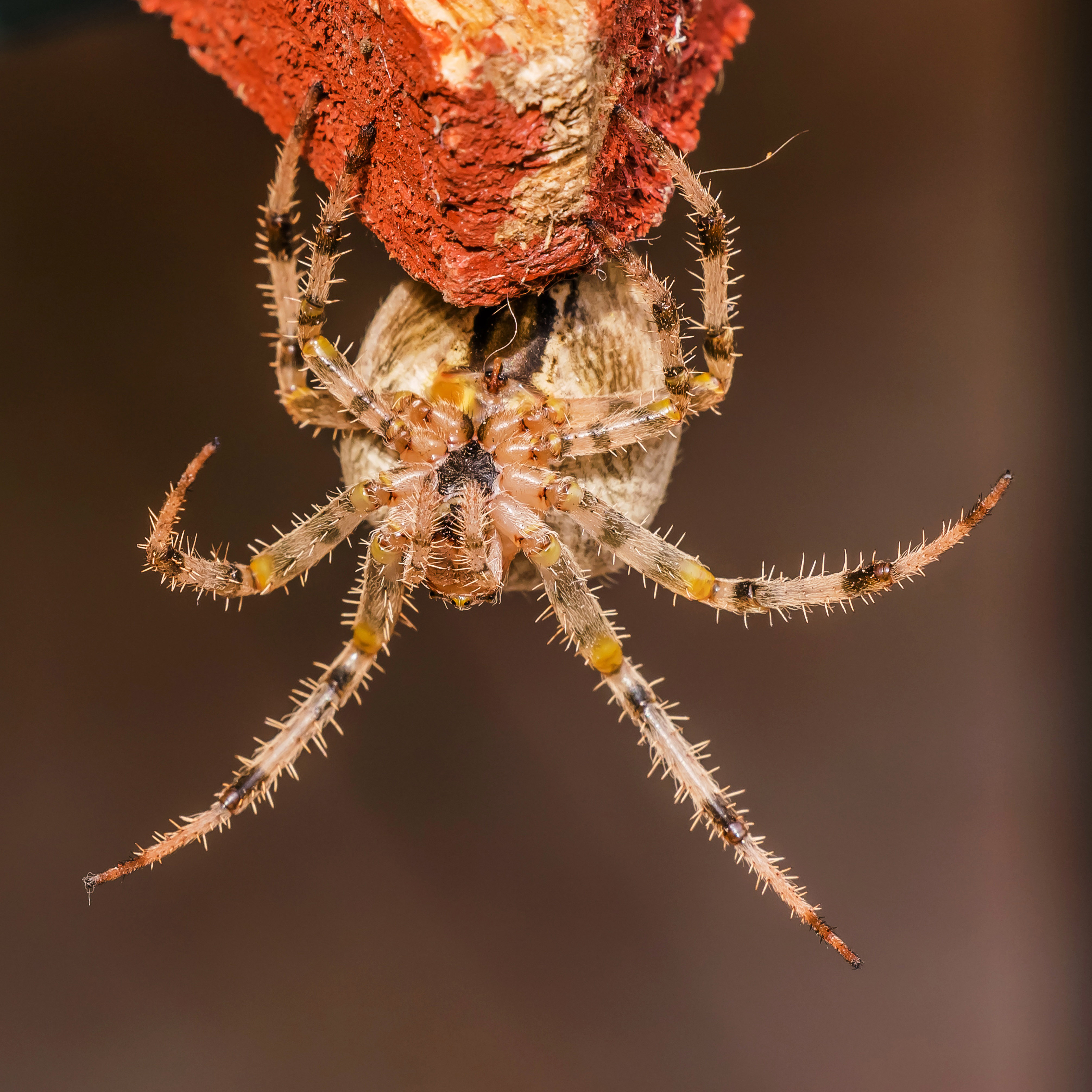
European Garden Spider Araneus diadematus image Free stock photo Public Domain photo CC0
The spider species Araneus diadematus is commonly called the European garden spider, cross orbweaver, diadem spider, orangie, cross spider, and crowned orb weaver.It is sometimes called the pumpkin spider, although this name is also used for a different species, Araneus marmoreus. It is an orb-weaver spider found in Europe, where it is native, and North America, where it was introduced.
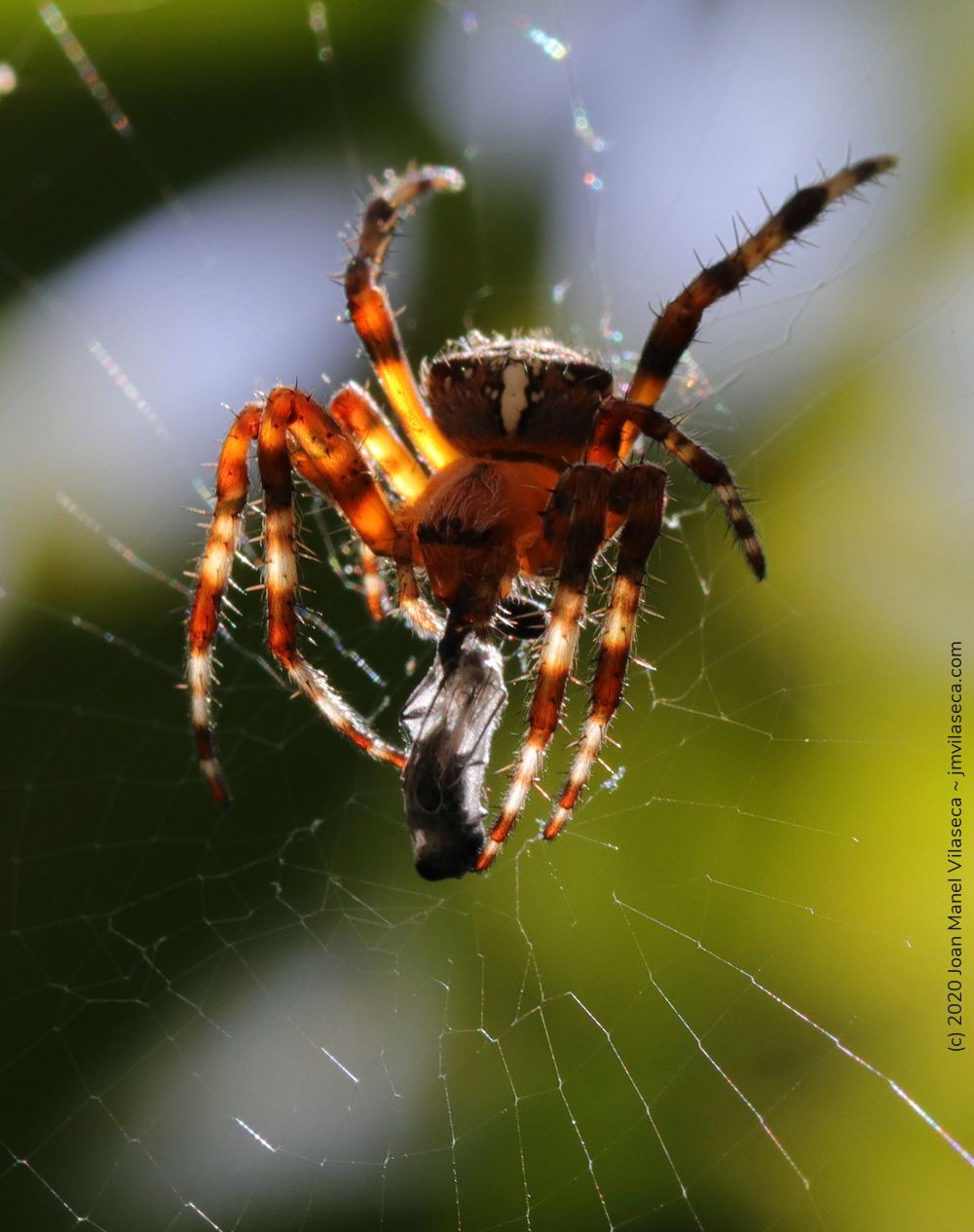
european garden spider
Garden spiders, also commonly known as cross spiders, European garden spiders, or diadem spiders, are a diverse group found in various regions worldwide, including North America, Europe, and parts of Asia. Their scientific name Araneus diadematus refers to the distinctive cross-shaped pattern on their abdomen.

European garden spider European garden spider (Araneus dia… Flickr
Spiders Garden Spider Garden spiders bounce in their webs to confuse predators Continue Reading after the facts. Advertisement Garden Spider Scientific Classification Kingdom Animalia Phylum Arthropoda Class Arachnida Order Araneae Family Araneidae Genus Araneus Scientific Name Araneus diadematus

Araneus diadematus The European Garden Spider USA Spiders
Common names: garden spider, European garden spider, cross spider Scientific name: Araneus diadematus Family: Araneidae Habitat: woodland, grassland, gardens Diet: flies, wasps and other flying insects Predators: birds Origin: native What do garden spiders look like? The garden spider is one of the UK's largest spider species.

Wallpaper animals, nature, Arachnid, fauna, close up, macro photography, plant stem
Also known as European garden spider, Diadem spider, or Cross Orbweaver Family Araneidae (Orb Weavers) Description: The Cross Spider or Garden Spider is a very common and well-known orb-weaver spider in Western Europe.

23 Female European garden spider (Gartenkreuzspinne) Araneus... alopecosa
2022-10-12 Learn about the appearance, behavior, and venom of European garden spiders. Find out if they are poisonous to humans and what to do if bitten. Discover how to prevent garden spider bites and why they are beneficial to have around. Are European Garden Spiders Poisonous? A Comprehensive Guide Posted: 2022-10-12 Content Outline Introduction
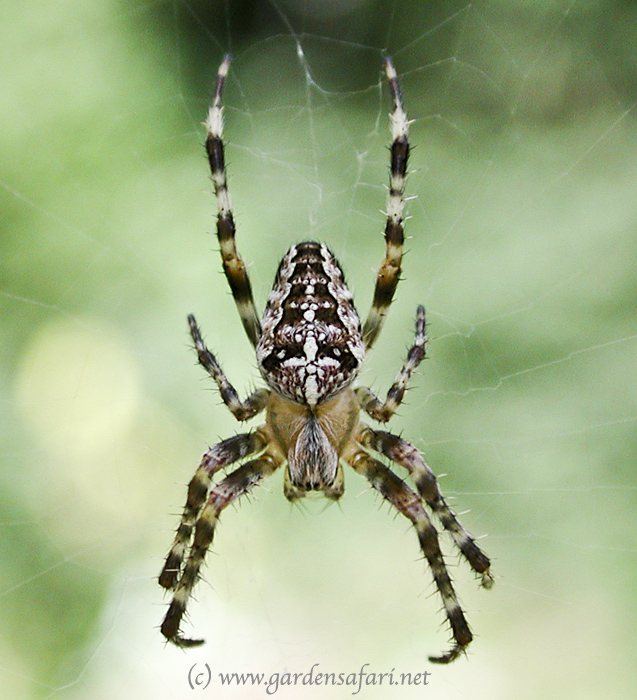
Gardensafari European Garden Spider' with many detailed photographs and background
Araneus diadematus, also called the European garden spider or the cross spider is an orb weaver spider with an iconic white cross on its body. It is found in every US state and across Europe. The European garden spider is one of the more interesting spiders to watch.
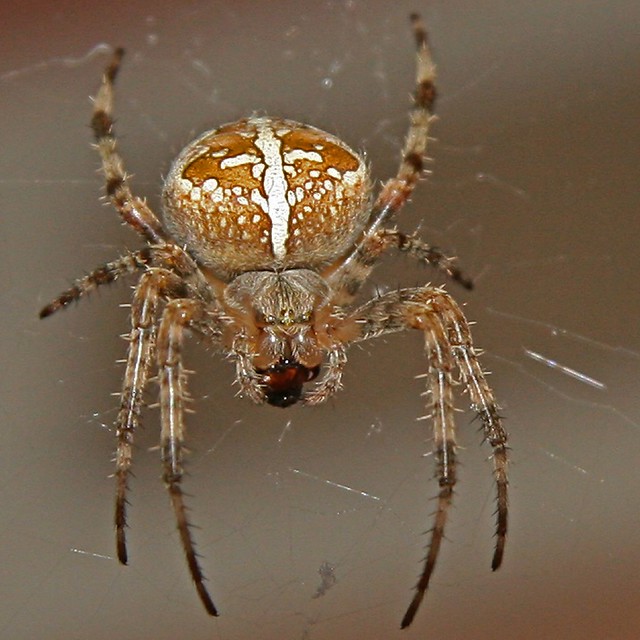
European garden spider Flickr Photo Sharing!
A Garden Spider is a species of spider in the taxonomic genus Argiope. Spiders in this genus often have colorful or boldly patterned bodies. People also refer to this species as the corn spider, yellow Garden Spider, hay spider, zigzag spider, and more. Read on to learn about the Garden Spider.
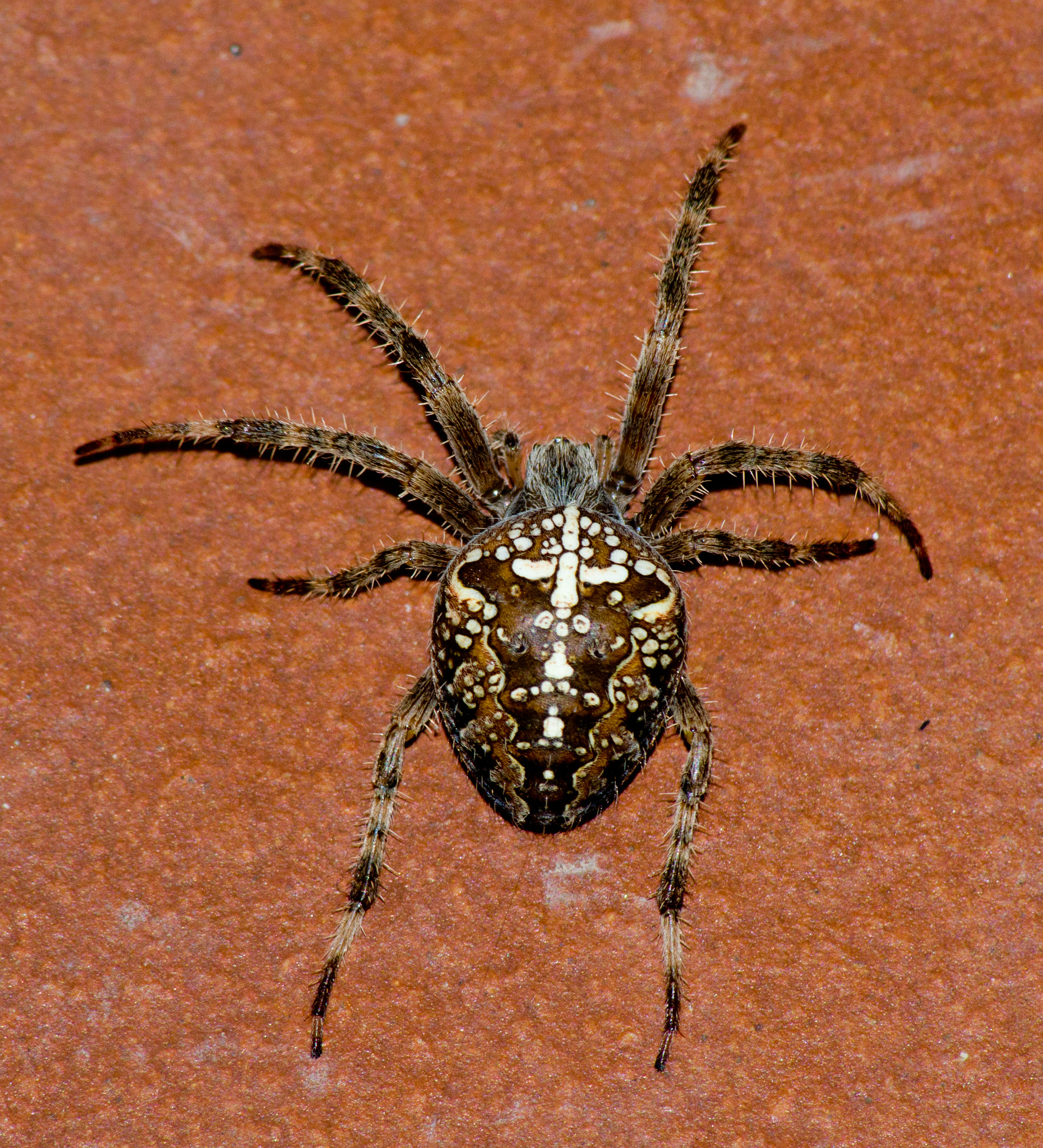
European Garden Spider by Riccardo Bernardeschi Photo 15664053 / 500px
Did You Know. Jewel spider (Araneus gemmoides), a species of this genus, is known to change its color according to the seasons.Swedish arachnologist, and entomologist Carl Alexander Clerck described this genus in 1757. A short documentary, Epeira diadema based on the European garden spider (Araneus diadematus) belonging to this genus, was in the nomination for an Oscar in 1953.

European Garden Spider Free Photo Download FreeImages
The spider species Araneus diadematus is commonly called the European garden spider, diadem spider, cross spider and crowned orb weaver. It is sometimes called the pumpkin spider, although this name is also used for a different species, Araneus marmoreus. It is an orb-weaver spider found in Europe and North America. More Info Computer Vision Model

European Garden Spider in Back Light Brilliant Creation
European garden spider, diadem spider, pumpkin spider, orangie, cross spider, crowned orb weaver: Lifespan: The average lifespan of the female is twelve months; however, most of them die after laying eggs; the males are often consumed by the females after mating: Distribution:

European garden spider Photograph by Jouko Lehto Fine Art America
The European garden spider, for instance, provides unique, natural benefits for gardeners and their plants that no store-bought products can replicate, including eating harmful pests and contributing to your garden's diversity and ecosystem.

European Garden Spider Garden spider, European garden, Spider
Argiope aurantia is a species of spider, commonly known as the yellow garden spider, [2] [3] black and yellow garden spider, [4] golden garden spider, [5] writing spider, zigzag spider, zipper spider, black and yellow argiope, corn spider, Steeler spider, or McKinley spider. [6] The species was first described by Hippolyte Lucas in 1833.

European garden spider a photo on Flickriver
Order: Araneae Suborder: Araneomorphae Family: Araneidae Genus: Araneus Species: Araneus diadematus Common Name (AAS) Cross Orb-weaver Other Common Names European Garden Spider, Cross Spider, Diadem Spider, Crowned Orb-weaver, Garden Spider, Garden Cross Spider Author Carl Alexander Clerck, 1757 Primary Colors Sightings Overview

Araneus diadematus Female European garden spider, diadem s… Flickr
The European Garden Spider is one of the most well-known spiders globally and has been the study of many research papers. In 2010, the species was awarded "European Spider of the Year," and in 1952, it was the star of a short, Oscar-winning documentary called "Epeira Diadema" directed by Alberto Ancelotti.

European Garden Spider Free Photo Download FreeImages
Araneus angulatus is a species of orb-weaving spiders found in the Palearctic realm.It resembles the European garden spider, Araneus diadematus, but has distinctive tubercles on its abdomen.The species was first described in Aranei Svecici in 1757, where it was the first species described, making Araneus angulatus the first scientific name of an animal that is still in use.